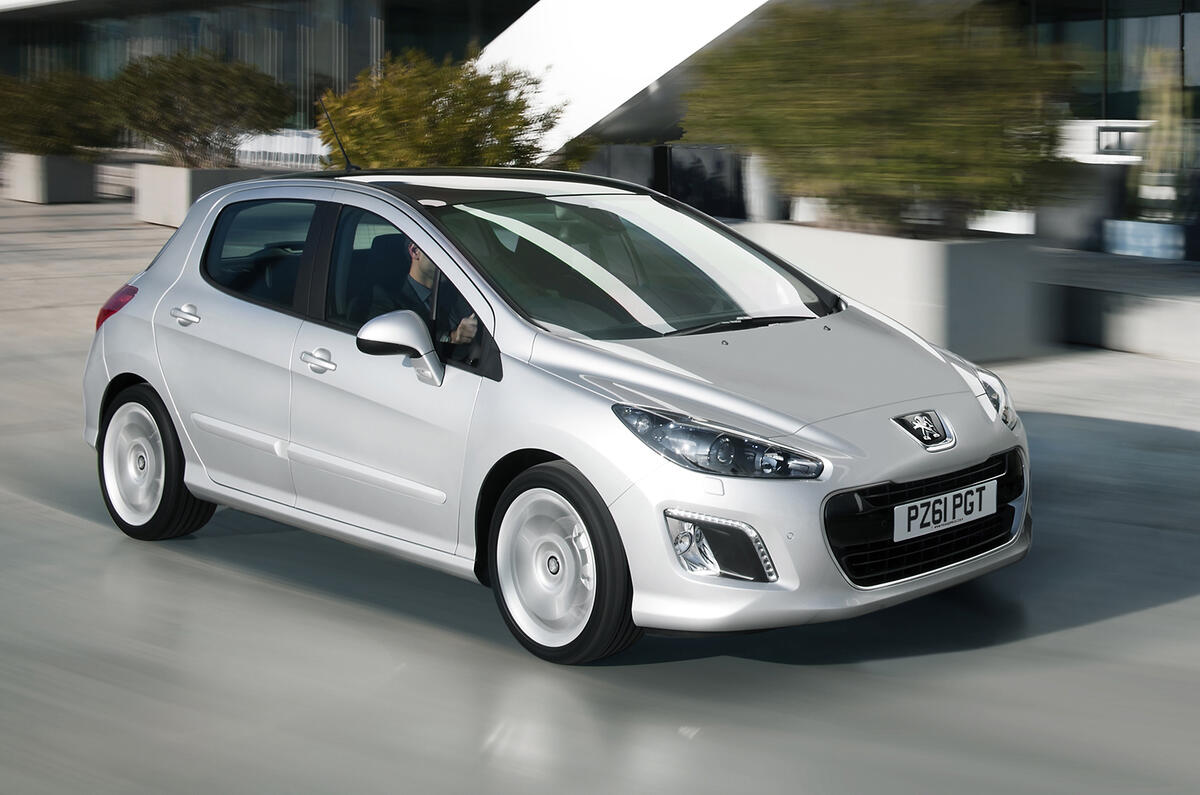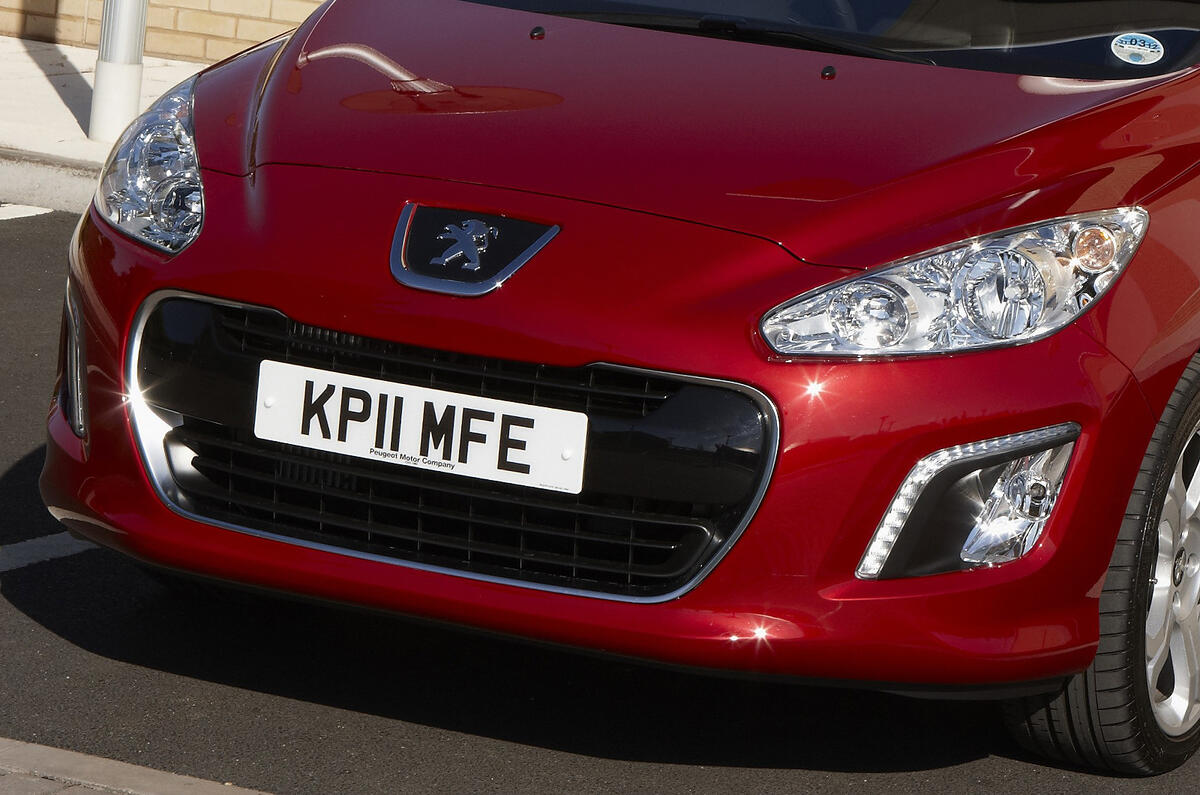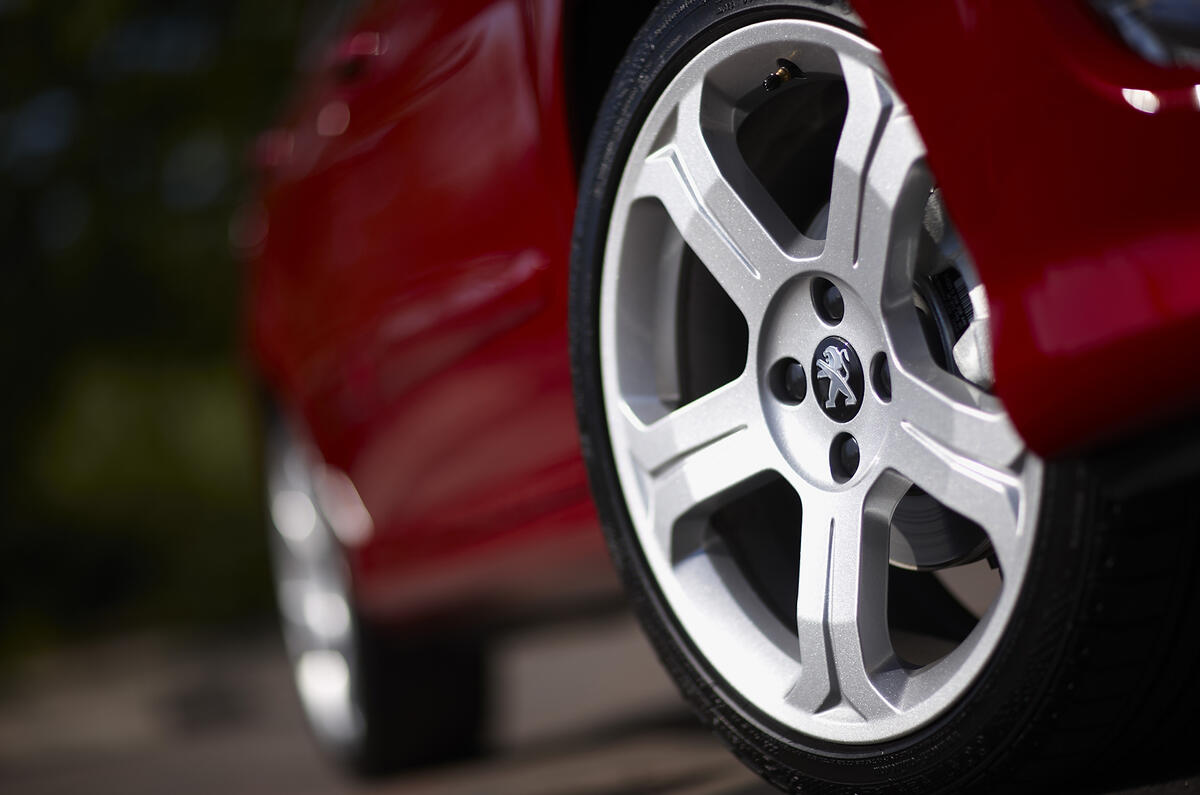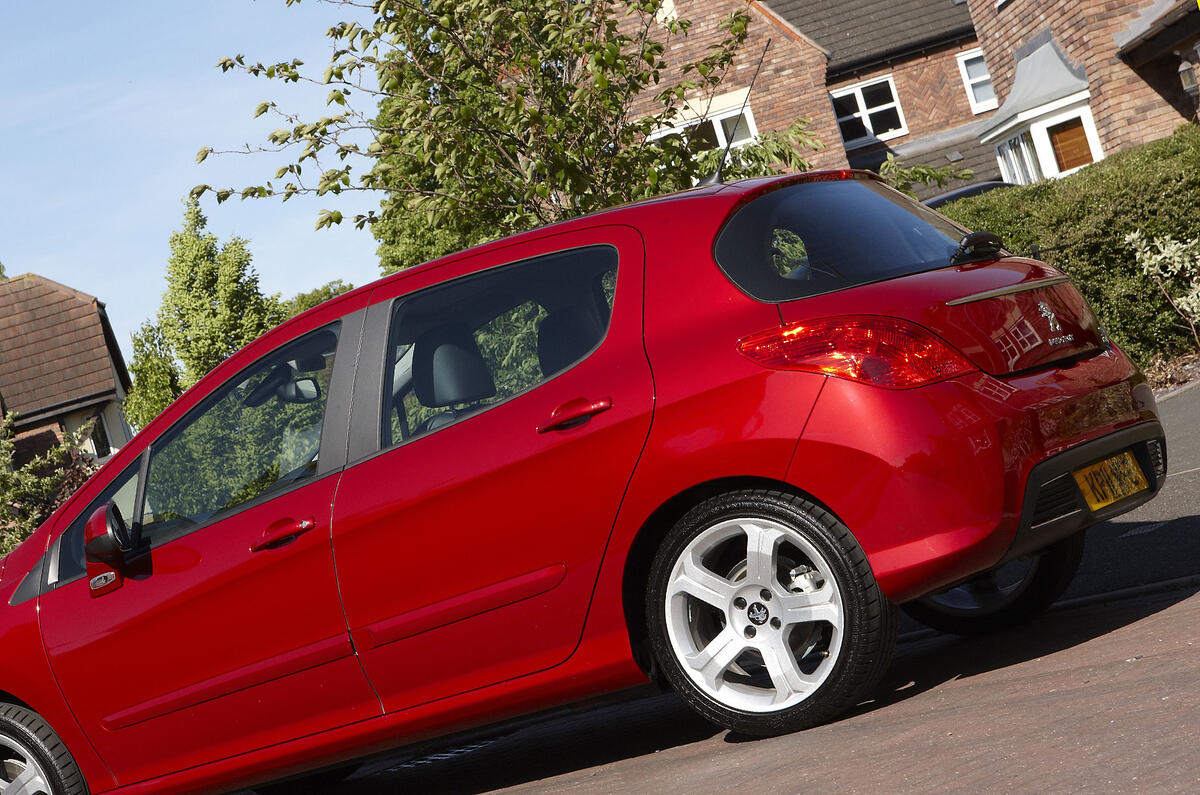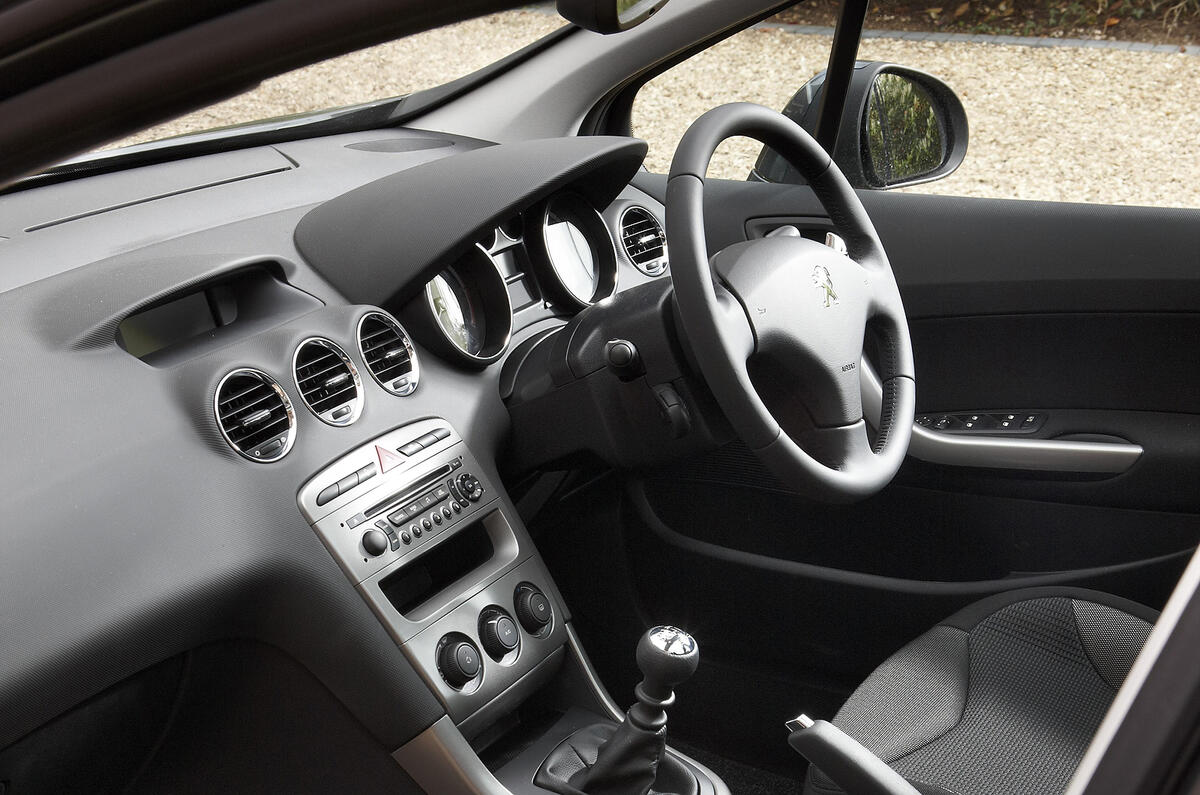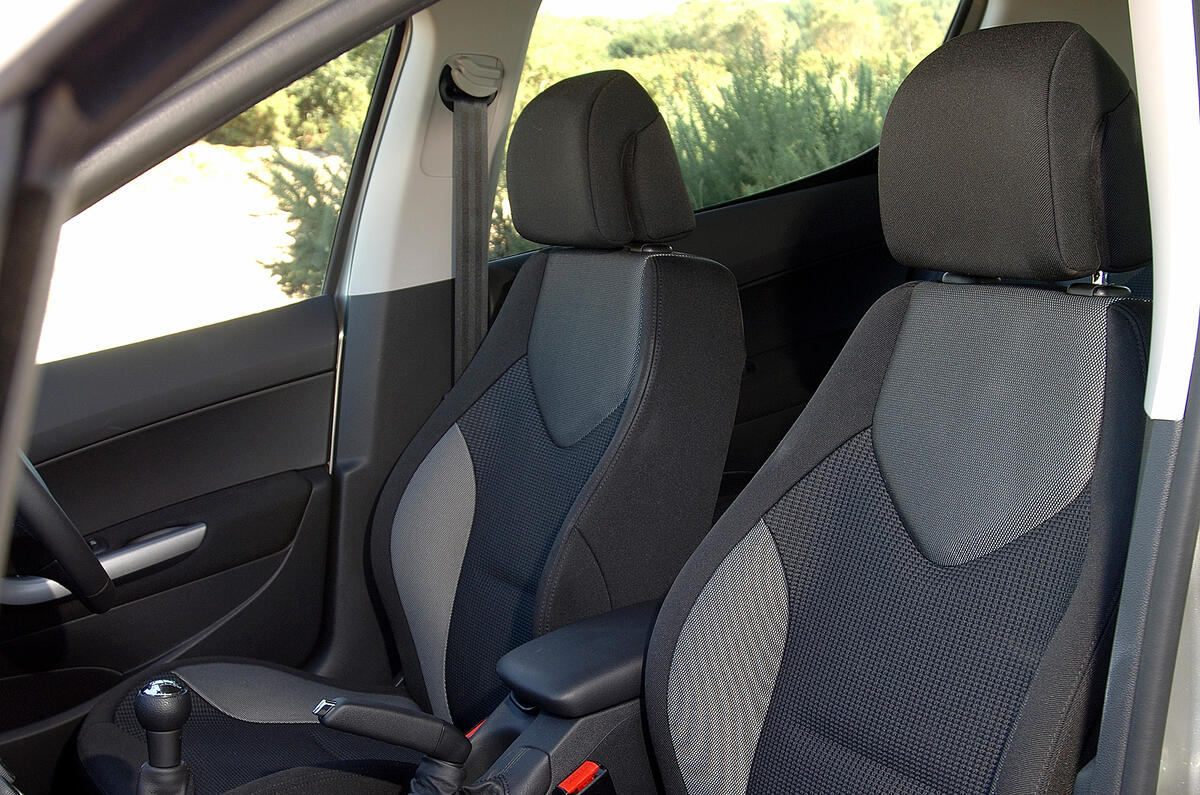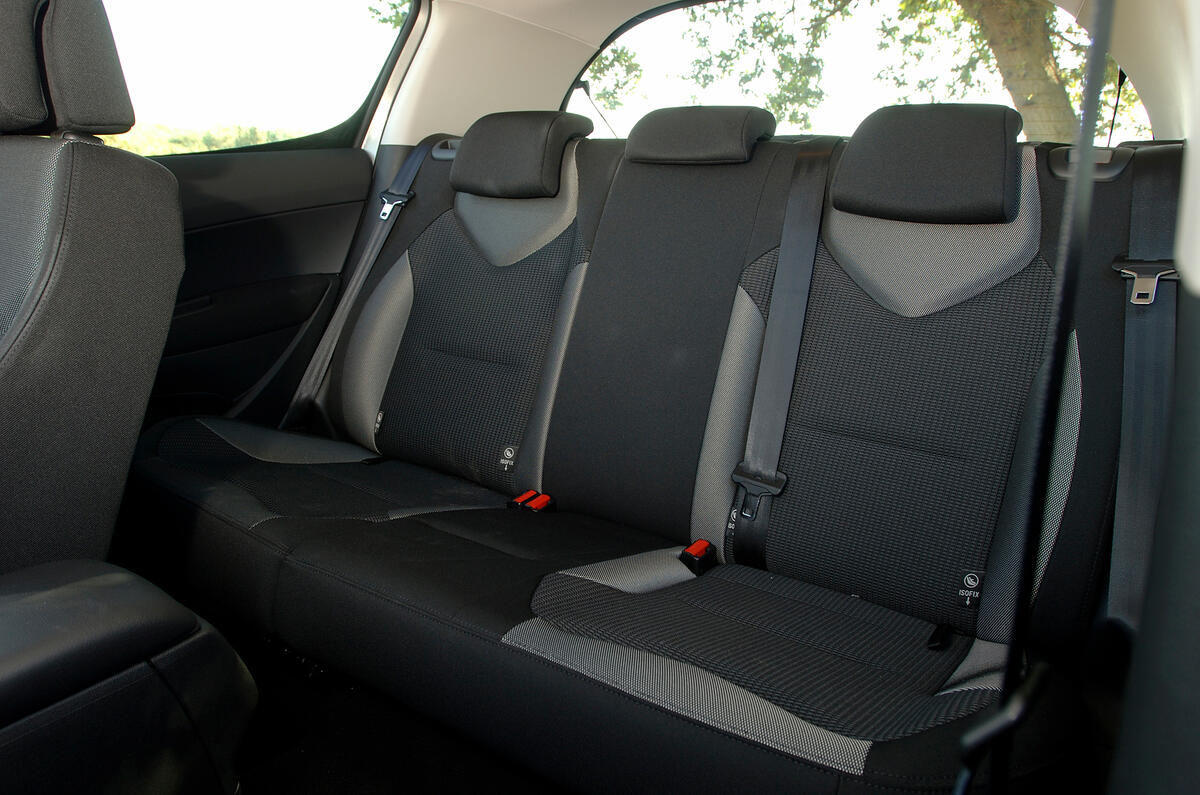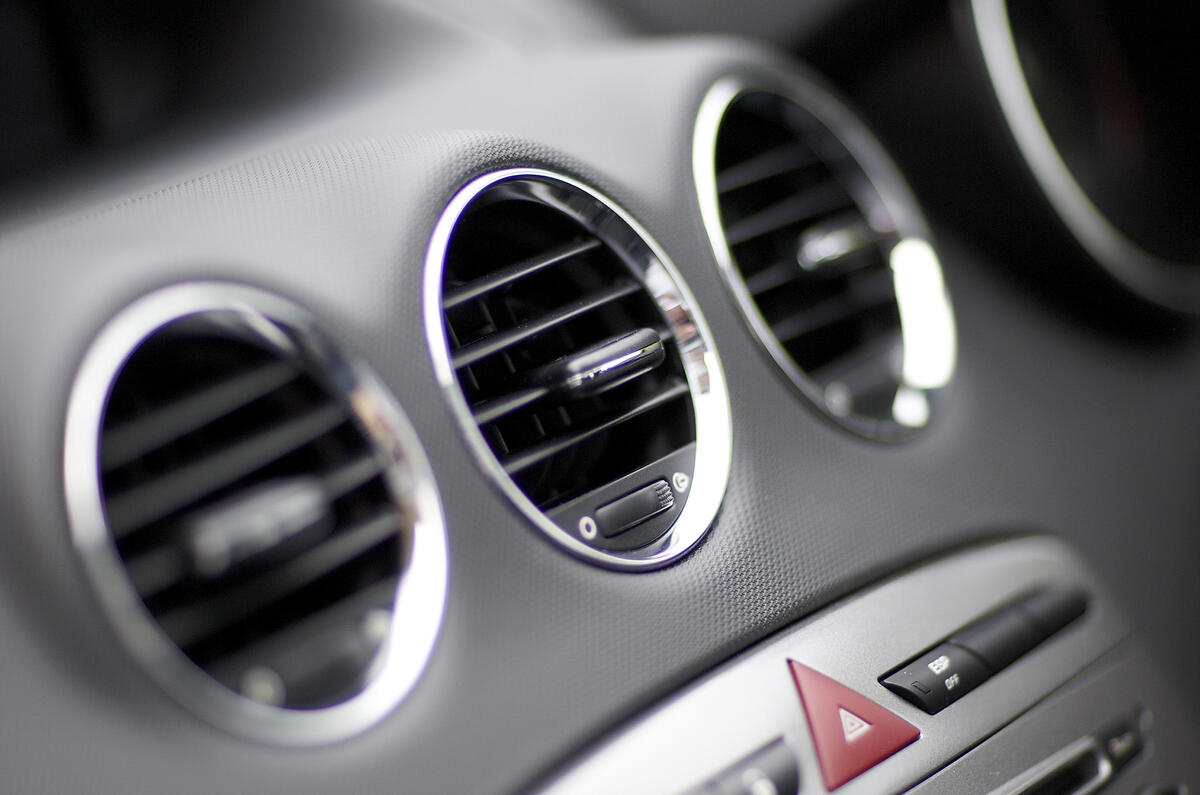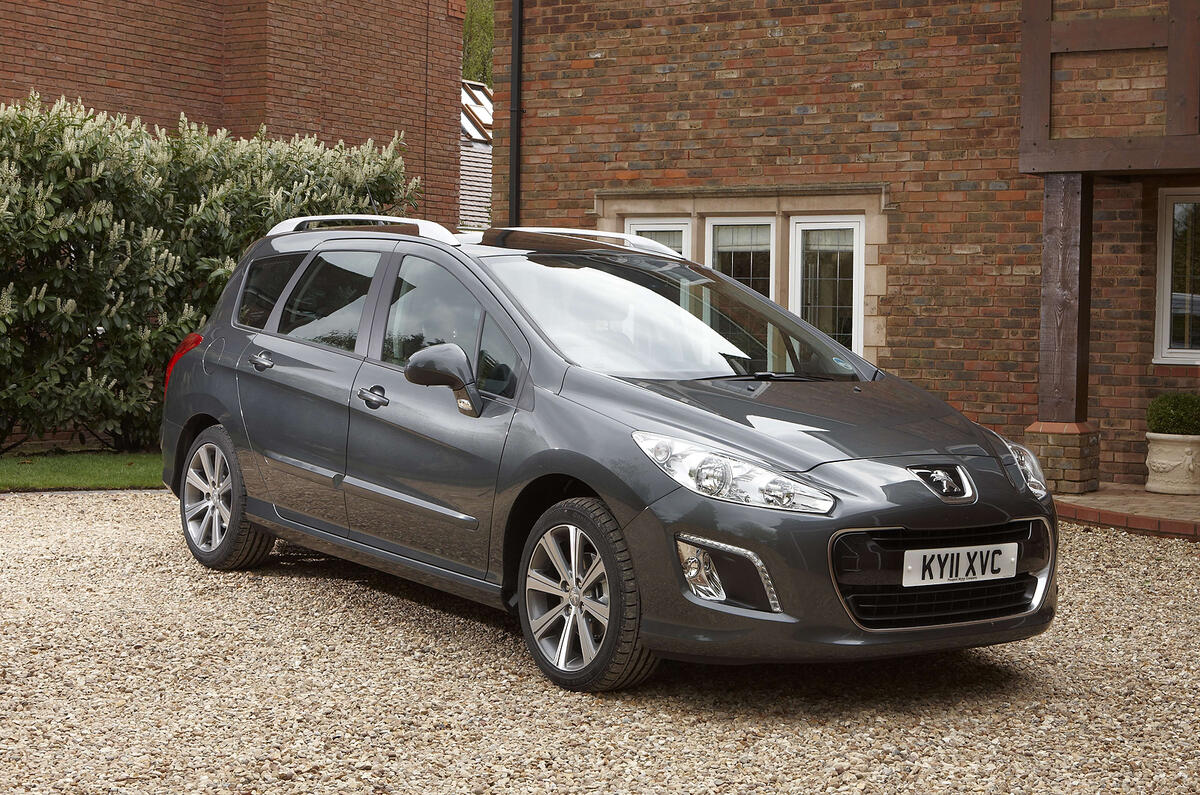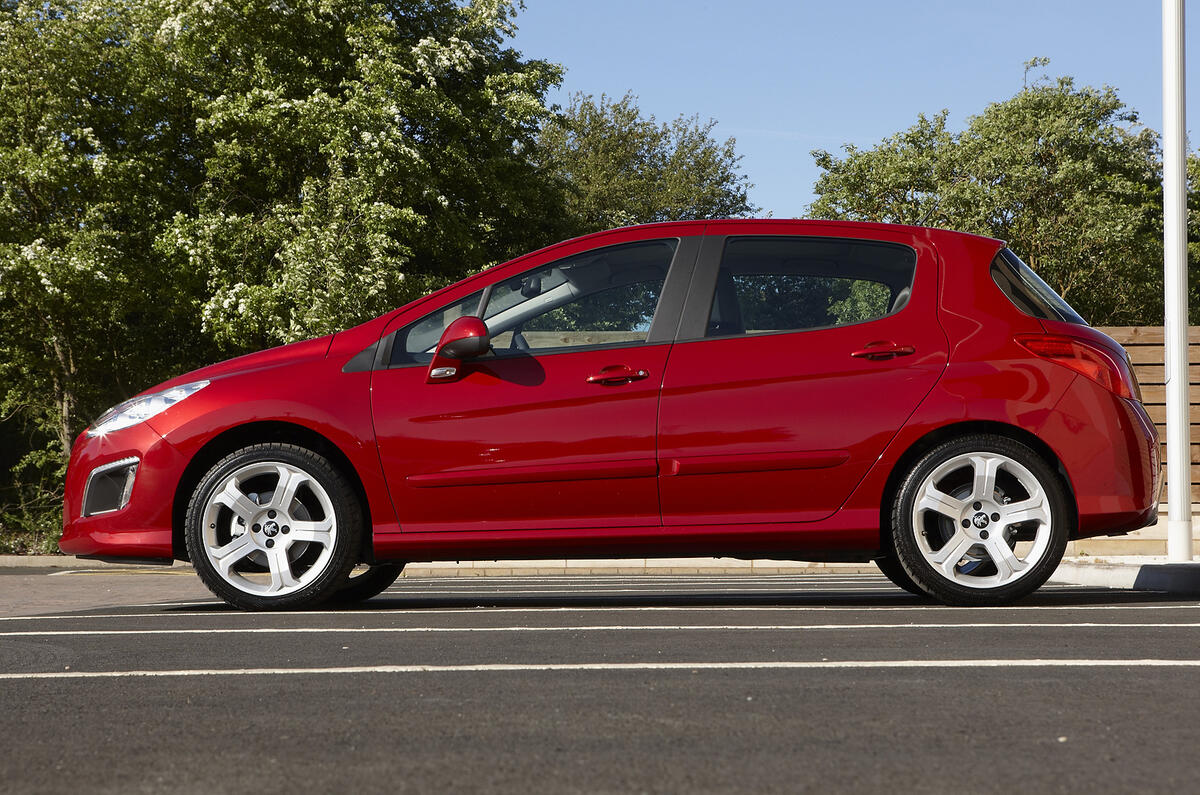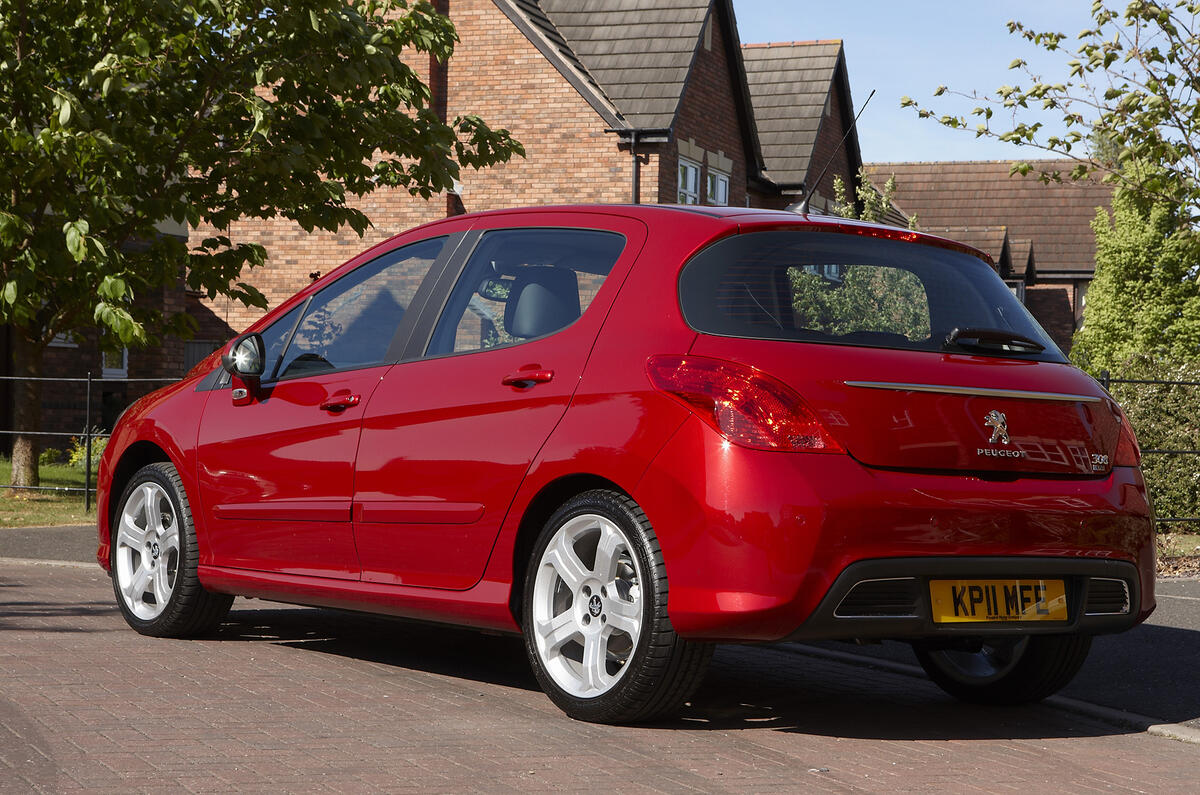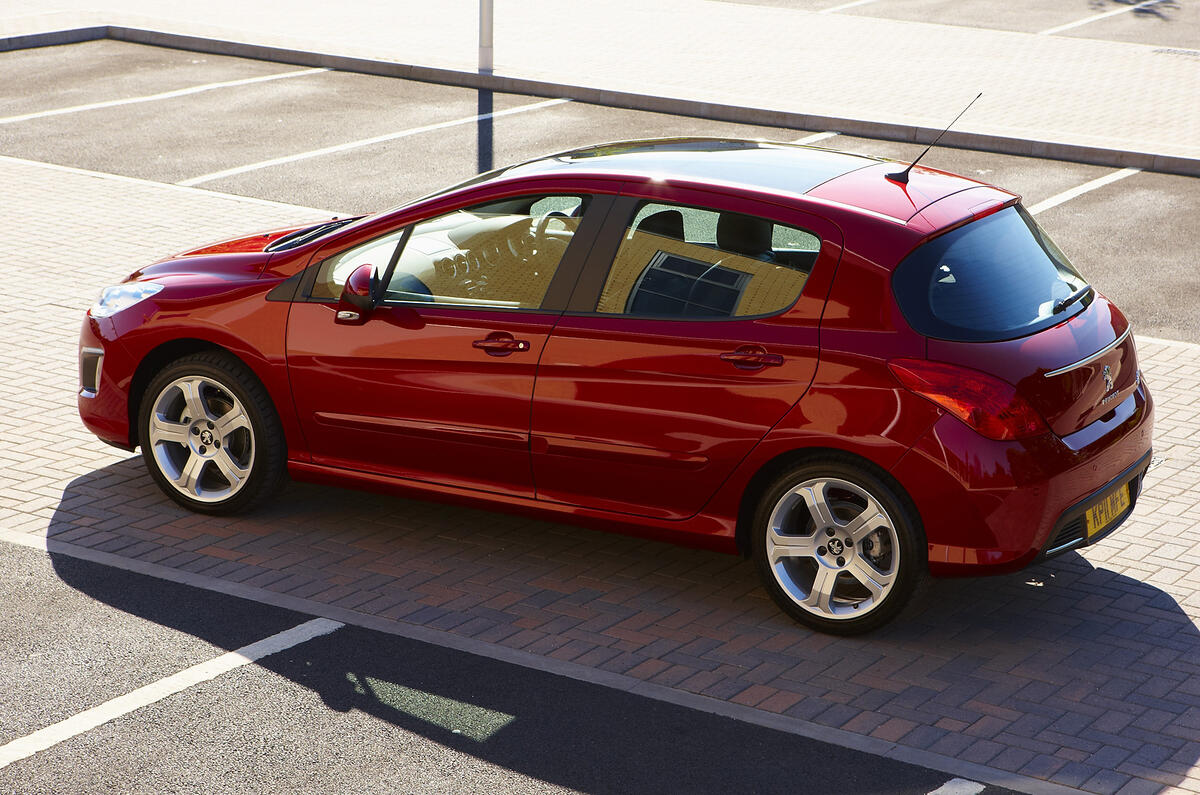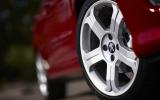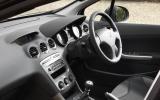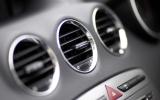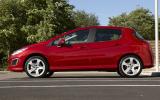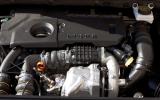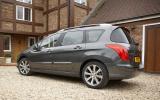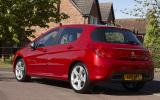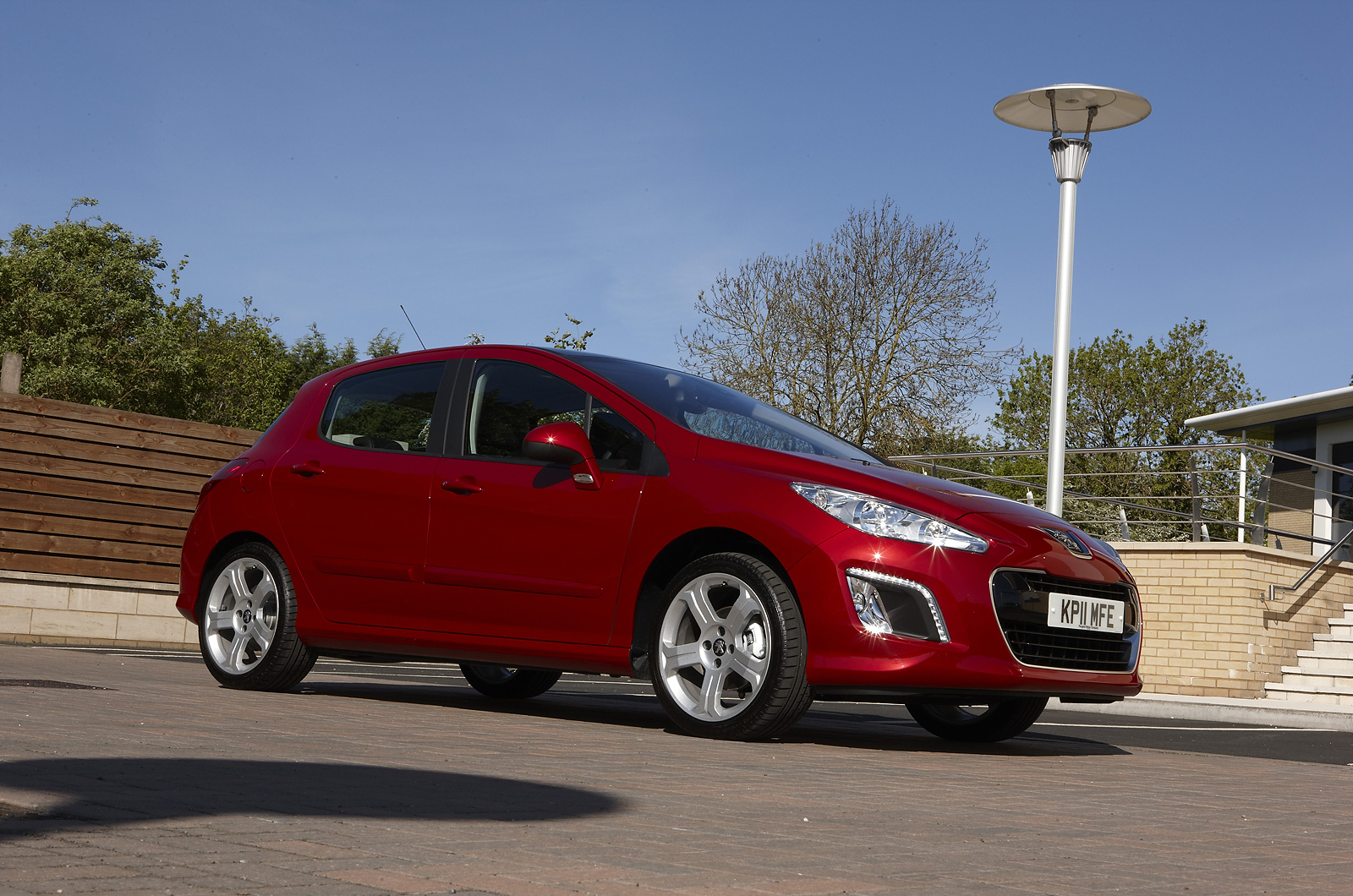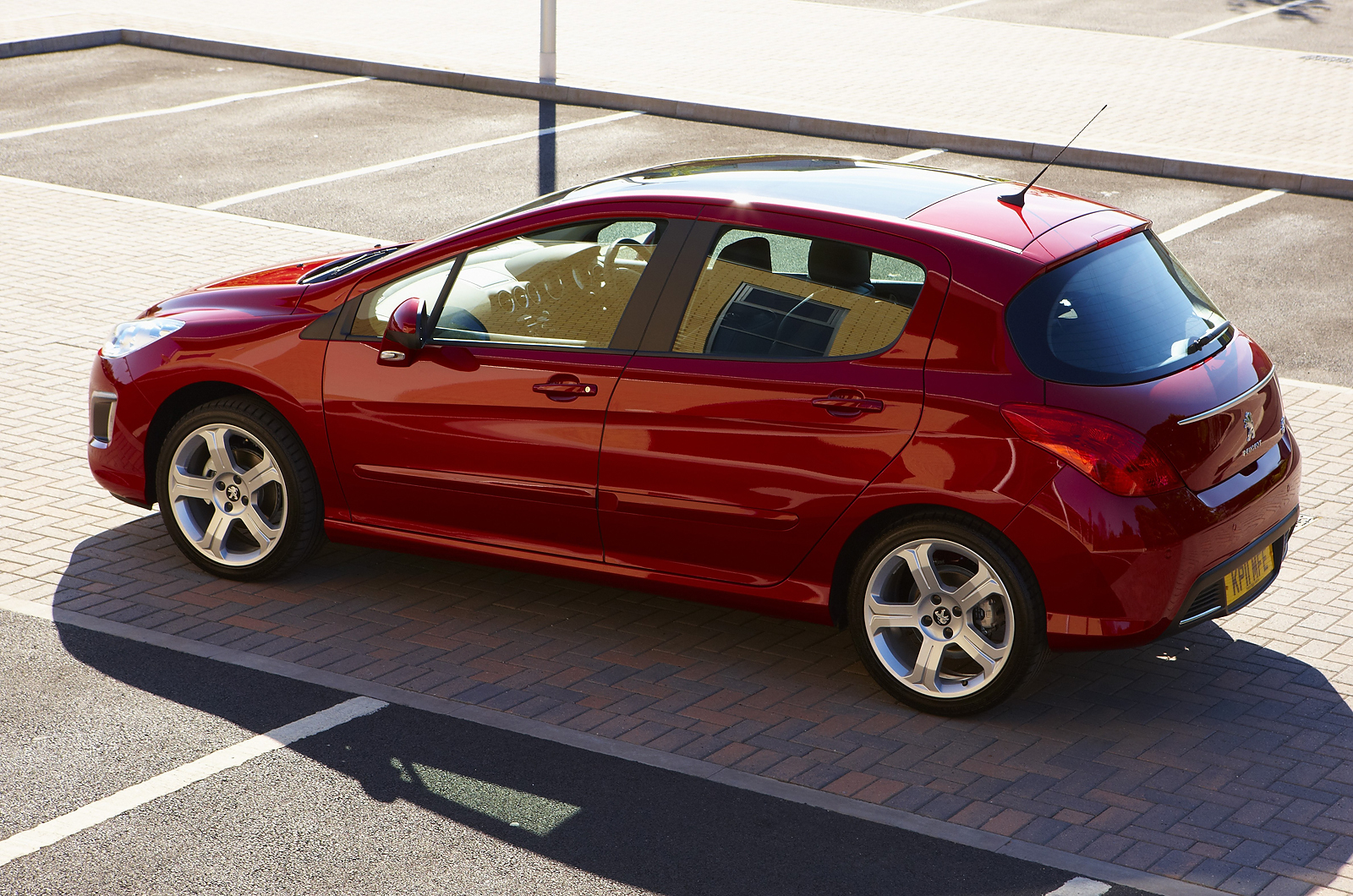As the 308 enters 2013 in a couple of months, it will mark 80 years of Peugeot producing a mid-size car with a ‘3’ in its title. The 301 of 1933 was notable for its independent front suspension.
In 1936 the 302 was introduced but the trail goes cold during and following alterations to the map of Europe and Peugeot didn’t introduce another ‘3’ car until the late 1960s, when the range was into ‘4’ generation.
Dutifully the 305 followed, but then in 1986 Peugeot released the 309 (the only model in the range to then go to ‘9’), but replaced that with the 306, 307 and now 308.
The latest Peugeot 308 competes in a hot market sector. There are the perennial favourites, the Volkswagen Golf and Ford Focus. Vauxhall’s Astra is as strong as ever. The Toyota’s Auris is a decent, if boring entry. Then there’s the interesting Nissan Qashqai.
More significant still for Peugeot, and fellow French firms Renault and Citroën, is the continued strength of the new-breed of excellent opposition from Korea, the Hyundai i30 and Kia Cee’d. It is no longer to ignore the quality of these products, as well as their value and lengthy warranties.
The 308, the first of Peugeot’s ‘8’-monikered cars, launched into a segment more crowded than ever with cars that are, frankly, massively more competent than they’ve ever been before.


